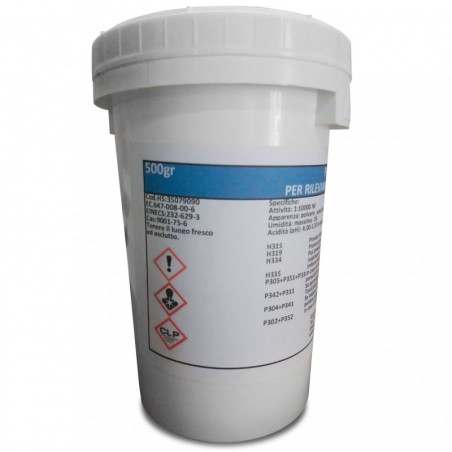In order to understand what is happening in today’s global hog market it is critical to understand two big trends that are creating the reality which is unfolding right now around the globe. The first one is the fundamental cause and underpinning of rising global demand for pork and that is increasing real per capita income. Globally, inflation has been in decline or low and stable for many years causing actual income increases to pack a real punch in extra purchasing capacity. The second is the evolving structure of production/processing and distribution of pork in the United States, Europe and China, which are fundamentally different. Each is at a different stage of evolution along a continuum of transformations heading into a future which will surprise almost every major producer/production company around the globe.
As we have mentioned many times, it is not more people that is the primary stimulus of increasing effective global demand for meat, it is much more about real per capita income. Real per capita income on a global basis has been rising gradually since the 1960’s but since 2000, with a couple of short lived declines, the trajectory of rising incomes has dramatically quickened. This is the fundamental genesis of all demand worldwide and the most significant explanatory variable revealing what is happening in your country right now across all goods and services and of course also with respect to the pork market.

More per capita income is creating dramatic demand shifts for which countries around the world possessing the necessary and sustainable components of low cost meat production, are gearing up to meet. The big question is not first about which countries can produce pork to meet the coming demand but which structure of production/processing and distribution will prove to be the most economically resilient as the bumps and blows of coming random shocks buffet even the most prepared.
It has never been clearer to me the importance of the pork chain structure in facilitating economic success and resilience in the next decade. High performing farms and systems which have created much past success due to outstanding management, the right standard operating procedures and a labor base which is able to consistently execute on those procedures will find that these traits are only a necessary but not sufficient condition to future success. There are many pork production systems in a wide range of sizes, from family farms to very large companies which are proven performers but their current and future success is diminished by the chain structure within which they are located and producing. Even the best production companies cannot escape the anchor dragging on them if they are ensconced within a limiting, backward or outdated chain structure.
Every major producing country has elements and strata of this drag effect within their chain, which is to say, there is no perfect place to raise, harvest and distribute pork. However, farms and systems of production will have to make a wider range of decisions about their production system than in the past in order to successfully navigate the coming change. Formerly, the primary focus has been on the farm’s characteristics (genetics, building type, size of flows, management authorities, etc.) Now, it is more critical than ever to align with the right chain or sub-chain within the production milieu of one’s country to ensure success. Where the right one is not present, it must be created by carving out often in spite of and/or against the current conventional wisdom which has created past successes but will not do so in the future.
What are the characteristics which will make the difference? The pressure to efficiently utilize scarce global resources to produce meat (and other valuable commodities) is increasing and it will most likely increase exponentially if the current two billion increase in global population by 2050 forecast holds. The only way this can happen is for animal agriculture to make a turn down the pathway which modern crop production hewed out over 25 years ago, namely precision agriculture.
Precision agriculture requires that fundamental calculations, procedures and investments be made with the full understanding and management of the variation which is inextricably present in biological production systems. In swine, we have made the decision to build systems which cannot accommodate precision with current technology. We are constantly waiting for the arrival of the technology which will provide us the same degree of granularity that current crop producers can achieve through the use of aerial photography and infrared satellite images. Such things allow the crop producer to both differentially plant varietals and apply nutrients, herbicides and insecticides at the level of the square meter rather than the acre or hectare.
In swine production we only know performance metrics post weaning after the production function is closed and then only by the average (sometimes of well over 1,000 animals embedded in the average) with little or no knowledge of the variance around the average. Some hopeful signs are emerging but many lack needed accuracy or competitive cost. In addition, the very application of these new technologies has in some cases negatively affected growth by interfering with the animals or agitating them.
If you are producing within a global chain where you are prevented from receiving the individual animal weights and individual animal quality characteristics at harvest you will not have an opportunity to pass the threshold into precision agriculture without great struggle and therefore, you will eventually lose global cost competitiveness. The most fundamental purpose behind the three, new, emerging, large scale packing plants in the United States is obtaining the ownership of the information at and post-harvest. This information is the ticket to precision agriculture and it goes well beyond harvest weight and quality scores. If you cannot acquire this through the slaughter plant, you must find a way to obtain it in spite of this. The good news is that some methods are emerging, though not in the way you might be thinking. More on this later.






